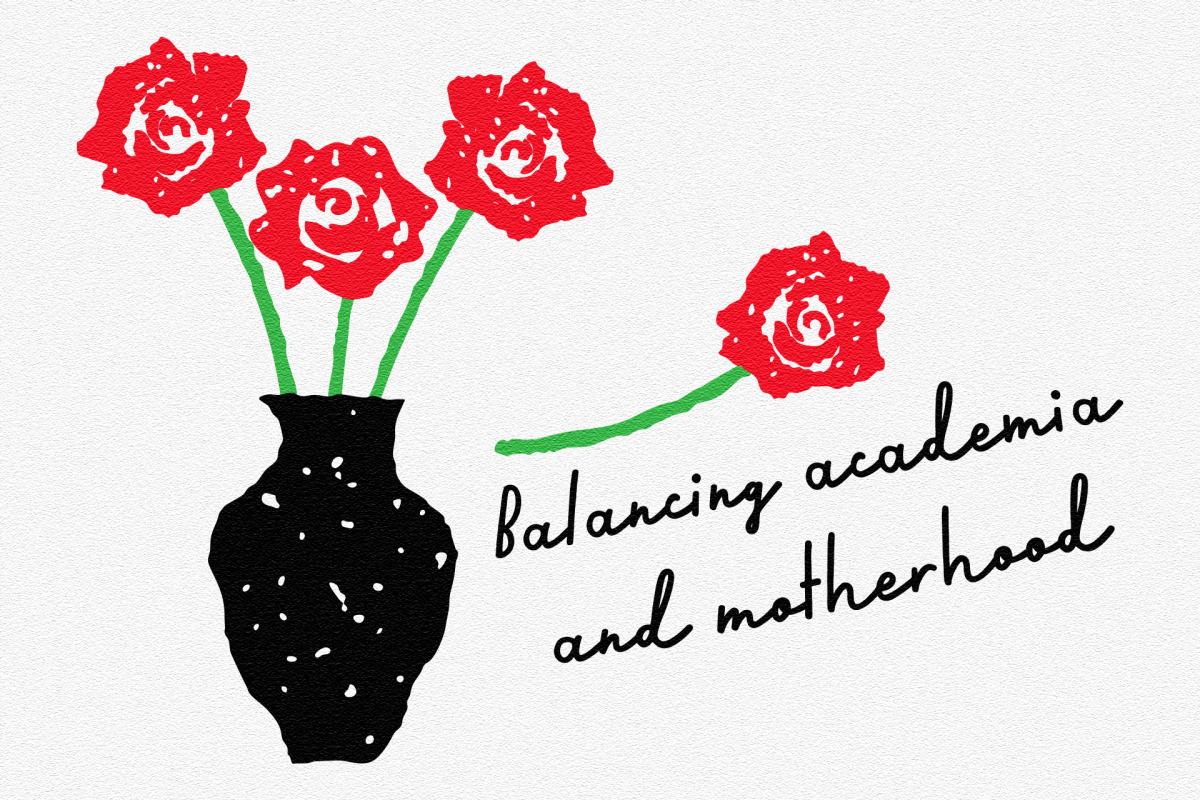Beginning with this year’s entering freshman class, in-state students will be receive less scholarship money than ever before. According to the Missouri Department of Higher Education, the state plans to give out the bare minimum of academic scholarships due to the current economic climate.
“There’s less amounts of money available,” MDHE spokeswoman Kathy Love said. “With Access Missouri, which is the state’s largest need based scholarship fund, we’ve seen declines of $92 million to $60 million for the most recent year.”
According to the department’s website, 60,000 students are expected to accept Access Missouri Scholarships this school year. The Access Missouri Scholarship is the and most popular scholarship for Missouri residents.
“Students should exhaust all the possibilities for available money other than the state scholarships funds to lessen their cost,” Love said. “All of the amounts have been cut this year for students in every class.”
Students attending public universities such as MU will only be eligible for scholarships worth $1,000 to $2,150 on a yearly basis. Private school students can be awarded anywhere from $2,000 to $4,600 over the same period of time.
“I think this makes it much harder for students to be able to attend college,” Love said. “Students should look at all available scholarship funds. Many institutions have designated discounts for types of students going into a particular discipline.”
Bradley Curs, an assistant professor in the Department of Education Leadership and Policy Analysis, recommends that students investigate other options when it comes to finding scholarships.
“It’s often not known by a lot of students that private institutions also offer strong financial aid awards despite a relatively high tuition price,” Curs said. “Shopping around but making sure to still invest in higher education, despite the increased cost, is my advice.”
In June 2010, the Missouri Higher Education Loan Authority allocated $30 million to the state to help finance Access Missouri. Earlier that same year, Gov. Jay Nixon signed a new budget into law containing $50 million in cuts to Access Missouri.
“Currently, we’re in sort of a budget shortfall and they’re finding ways to cut it and that’s why the scholarships were cut,” Curs said. “Generally, higher education benefits in good economic times. If the economy turns around, financial aid will often be restored at higher levels than other funds. I believe that financial aid awards would rebound to previous levels.”
According to MDHE, 86,000 students qualified for Access Missouri during the 2009-2010 school year. One year later, 102,000 students qualified for the same program, marking the largest jump in the program’s history.
“Looking at the negative consequences of low financial aid awards, obviously what’s going to happen is that students will incur more debt,” Curs said. “The second consequence is likely to be fewer students will be able to persist or stay within the school. They’ll be more likely to stop out or drop out, given a lower ability to pay for the increased tuition.”
Freshman Holly Sanders said that she is worried about the impact the cuts could have on current high school students.
“It’s kind of frustrating because it’s hard to get scholarships in general,” Sanders said. “If you’re only giving the minimum you’re not really helping a lot, especially if the state has more funds available.”
While the state is still providing funding for higher education, the total scholarship amount per student is nearly $1,000 less than the state maximum. MU students who are Missouri Bright Flight Scholars are awarded $1,750 each semester; the state maximum is $3,000.
“In the scheme of things it isn’t a lot for college, but for those who can’t afford college, it goes a long way,” Sanders said.





